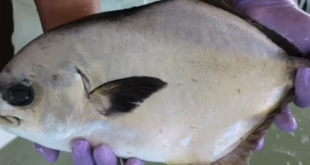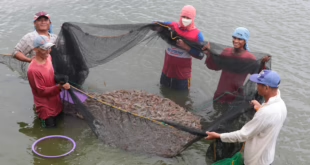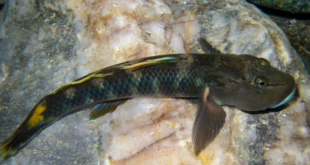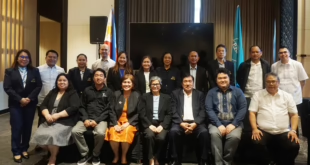ILOILO CITY, Philippines – From 12–14 March 2025, government personnel, experts, and researchers from across Southeast Asia convened to tackle key challenges in aquaculture and strengthen regional collaboration.
The International Workshop on the Promotion of Sustainable Aquaculture and Aquatic Animal Health in Southeast Asia (SAHSEA), organized by SEAFDEC/AQD with support from the Japanese Trust Fund (JTF), featured 17 reports from government representatives on the status of aquaculture and aquatic animal health in Southeast Asian countries.
Fourteen presentations were also given by researchers from SEAFDEC/AQD and Japanese research agencies on the latest advancements in aquatic breeding, community-based aquaculture, alternative feeds, and aquatic animal health.
Tackling Key Challenges for Sustainable Aquaculture
SEAFDEC/AQD Chief Dan Baliao underscored Southeast Asia’s crucial role in global aquaculture production and the need for proactive solutions to sustain the industry’s progress.
“In order to sustain the headway, we need to resolve the issues that have emerged due to the rapid growth of aquaculture, such as unstable seed supply, high feed costs, environmental degradation, and the spread of diseases,” Baliao stated. “It is important that we revisit our aquatic food systems in accordance with FAO’s blue economy and transformation agenda—ensuring they are sufficient, inclusive, resilient, and sustainable for the long-term viability of this sector.”
The SAHSEA 2025 workshop, he added, provided a critical platform for SEAFDEC member countries, experts, and policymakers to present their current approaches to sustainable aquaculture, identify gaps, and exchange insights. He also highlighted SEAFDEC/AQD’s work on kawakawa, round scad, and slipper lobster, three commodities with strong potential for commercialization.
Meanwhile, Dr. Sayaka Ito, Deputy Chief of SEAFDEC/AQD, emphasized the importance of stabilizing small-scale aquaculture, which accounts for 80% of Southeast Asia’s total aquaculture production.
“In recent years, aquaculture production in the Southeast Asian region has grown rapidly,” said Dr. Ito. “However, disease outbreaks and unstable seed supply remain the greatest threats to small-scale farmers.”
Key Workshop Discussions and Outcomes
In workshop discussions, participants explored ways to improve seed supply chains, develop low-cost aquafeeds, and enhance disease surveillance and biosecurity measures.
Several key areas for intervention were identified, including:
- Broodstock Quality: Creation and maintenance of a broodstock pool, production using a polyculture system for efficiency, and establishment of demonstration farms
- Larval quality: Automation of monitoring systems, implementation of biosecurity, determination of larval nutritional requirements, and promotion of government support and private sector participation
- Nursery rearing: Promotion of government support and commercialization of formulated diets
- Grow-out phase: Strict adherence to good aquaculture practices
- Disease Surveillance: A publicly accessible national disease database, and quarterly or annual monitoring or on-site checking of all registered and unregistered farms
- Disease diagnostics: Tapping of support from technical experts from within and outside respective countries, networking with neighboring countries
- Disease treatment and prevention: Development of cost-effective vaccines for local needs, mobile vaccination programs, education and awareness programs, and promotion of vaccine subsidies
- Disease management: Information, education, and training on biosecurity
Moving Forward
As part of the next steps, SEAFDEC/AQD reaffirmed its commitment to developing new aquaculture technologies under JTF-7, including the improvement of oyster and seaweed farming systems. The SAHSEA 2025 workshop marked the conclusion of JTF-6, which ended in December 2024.
Dr. Ito urged participants to take home the insights gained from the workshop and apply them in their respective countries.
“This workshop serves as a stepping stone for regional cooperation,” he concluded. “Together, we can ensure a sustainable and thriving aquaculture industry for Southeast Asia.”


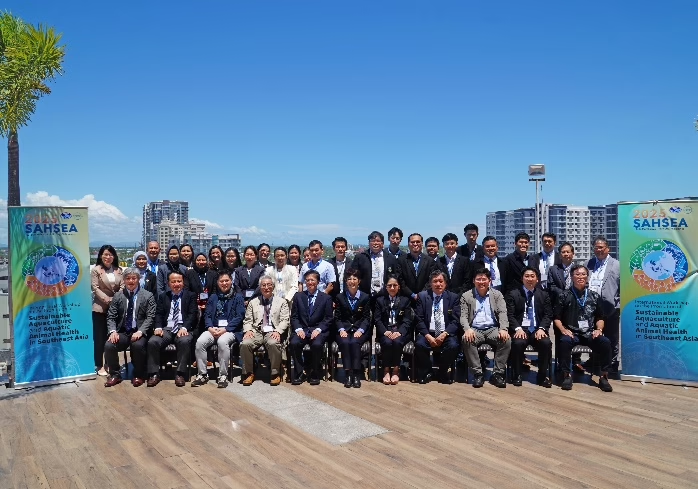
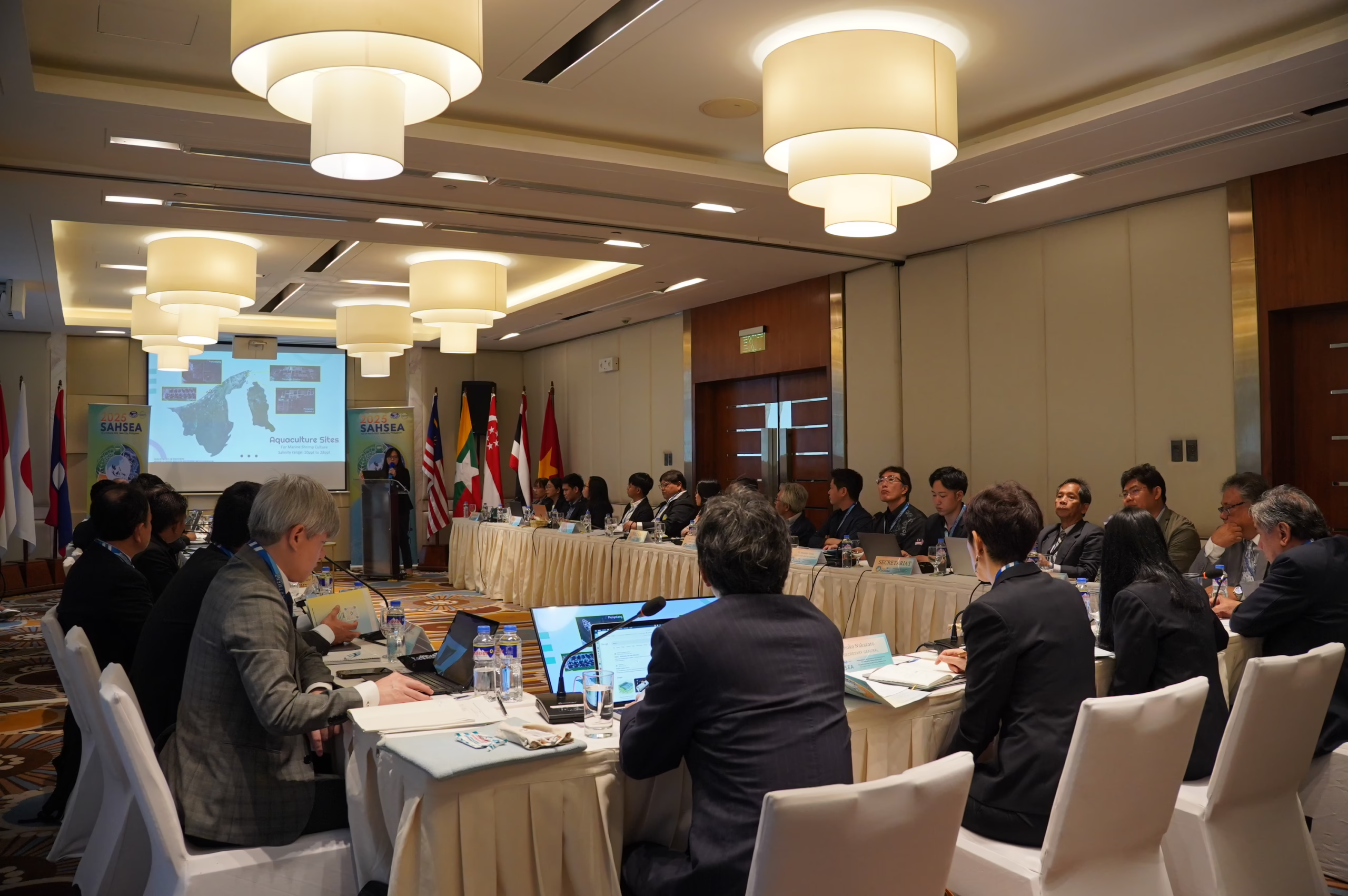
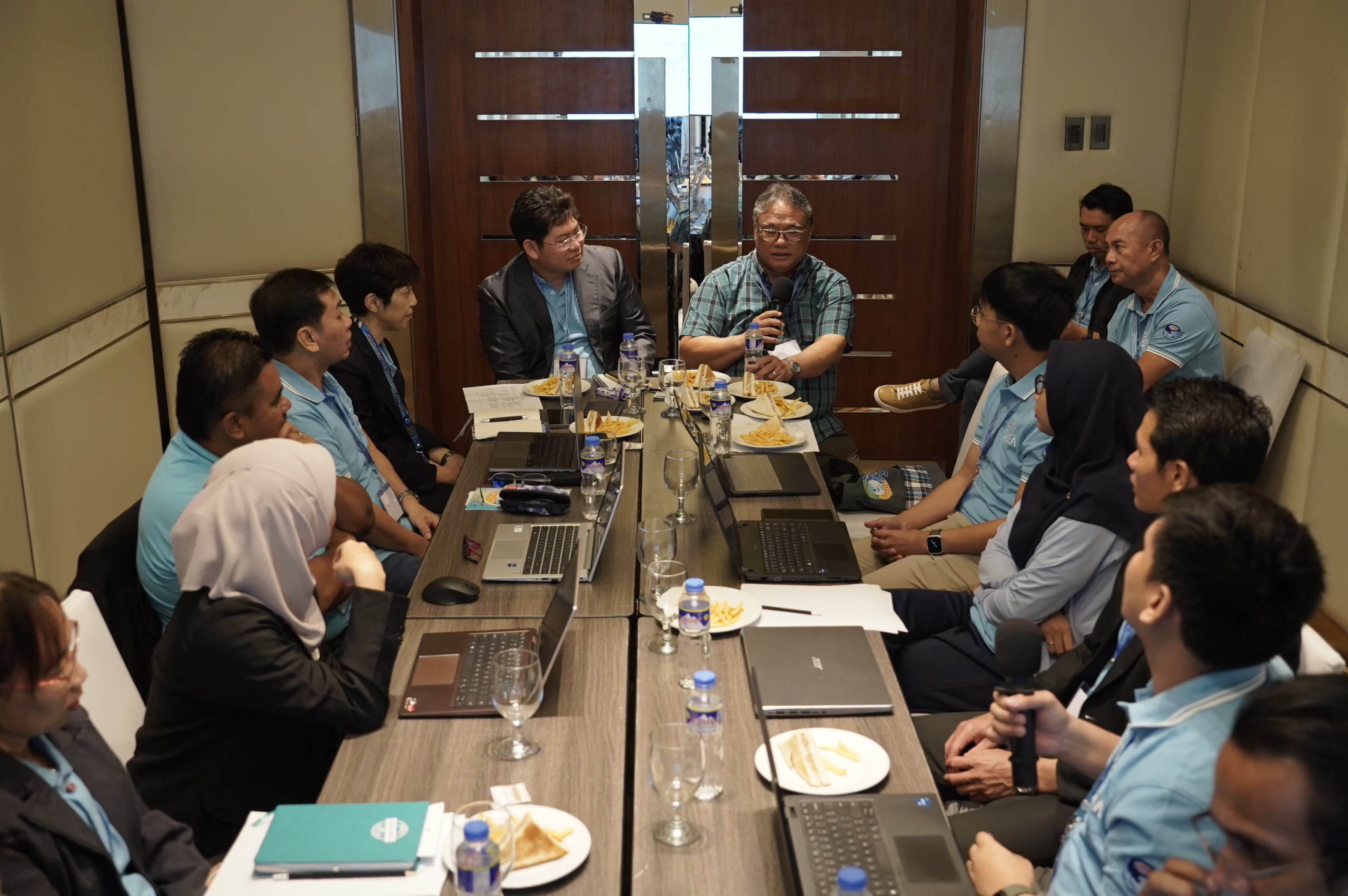
 SEAFDEC/AQD Southeast Asian Fisheries Development Center | Aquaculture Department
SEAFDEC/AQD Southeast Asian Fisheries Development Center | Aquaculture Department
